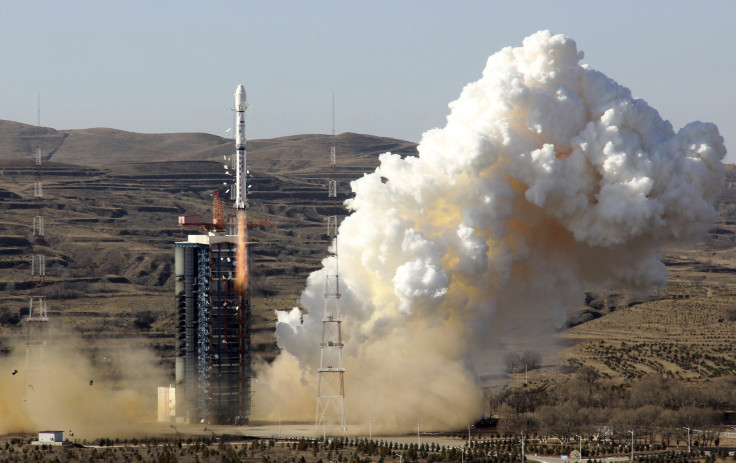China Successfully Launches Meteorological Satellite, Fengyun-II 08

China, on Wednesday, successfully launched a new meteorological satellite called Fengyun-II 08 from the Xichang Satellite Launch Center in Sichuan province in the country’s southwest. China’s previous weather satellite, Fengyun-II 07, took off in January 2012 and is currently in orbit.
A Long March 3A rocket, carrying Fengyun-II 08, blasted off at 9:02 a.m. local time (8:02 p.m. EST, Tuesday) and delivered the satellite to near-Earth orbit. Both the satellite and the rocket were developed by China Aerospace Science and Technology Corporation (CASC), Xinhua reported.
The newly launched satellite is expected to collect meteorological, maritime and hydrological data, while also transmitting information that will be useful to forecast weather and monitor environmental changes. According to the report from Xinhua, Wednesday’s launch was the 203rd time a Long March rocket has been used for a launch.
In November, CASC announced that it was planning to launch about 120 satellites in preparation for a national space infrastructure in the future. According to the contractor, the space program will include 70 satellites for environmental monitoring, 20 communications satellites and 30 navigation satellites, RIA Novosti reported, adding that China is also planning to start operating its own space station in 2020.
On Saturday, China launched a Yaogan Weixing series satellite using a Long-March-4B rocket from the LC9 launch complex at the Taiyuan Satellite Launch Center in Shanxi province. The satellite will be used as a new remote sensing device for scientific experiments, land surveys and disaster monitoring.
© Copyright IBTimes 2024. All rights reserved.












